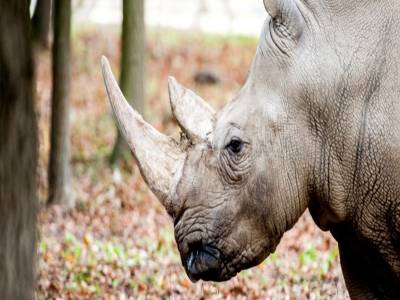Animal Biotechnology: Saving Endangered Species

The potential of animal biotechnology and genetic tools to solve conservation issues prevalent in a climate-challenged world.
Genetic screening has advanced since its conception in the mid-1950s and recent innovations involve its application to animal genomes. Advancements to genetic screening allowed for the identification of the genes responsible for beneficial traits in survival dynamics and have highlighted the greater potential of genetic modification and its role in conserving endangered species.
The earliest account of animal genetic modification is the 1974 transgenic mouse experiment in which lead scientist Rudolf Jaenisch showed that the injection of retroviral DNA, under controlled conditions, allowed for its integration into the DNA of the mouse embryo. Similar experiments have been carried out on mammals for the development of biomedical research on causes of genetic diseases and to examine the impact of genetic alteration on the disease progressivity. Recently, there has been a research shift from human-centralized medical innovations towards the exploration of how these animal biotechnology techniques may improve the survival of vulnerable species.
Historically, conservationists have adopted species hybridization to increase the number of beneficial traits or reduce the number of harmful traits, giving an endangered species optimal chances of survival. These practices laid the foundation for the use of biotechnology to select, with greater accuracy, the genes that allow for increased persistence rates of a species. In fact, the use of animal biotechnology to achieve this avoids the negatives of conservational hybridization- the danger of aiding the survival of one population at the cost of eliminating distinctions between the two hybridized populations.
Additionally, the bio-manipulation of animal genomes is particularly suited to conservational purposes due to its efficient nature. Whilst hybridization requires observation over generations and selection of successful crosses, the DNA integration of a target species through biotechnology tools is precise and guarantees the adoption of the desired trait. This allows for expedited genetic modification and due to conservation efforts being tailored to the current climate, there is a greater chance of success in the wide-scale adoption of a trait with increased survival benefits in the present environmental conditions.
The use of biotechnology tools such as CRISPR-Cas9 to create more resilient corals is one such example of where these practices may be adopted successfully. Coral “bleaching” due to variations in ocean temperature, partially due to recent rises in average ocean temperatures, may be prevented by producing a genetically modified coral with greater chances of survival.
However, the creation of new species has clear ethical concerns and implications on wider commercial regulations for genetic modifications. There are also conservational concerns over whether the introduction of new resilient species may out-compete other local species and create greater issues for the community biodiversity. Predicting the outcome of such practices is seen by some scientists as fruitless- owing to the multi-variable nature of interacting populations, and the impact of their dynamics on the wider community. Consequently, alternate paths are being considered to counteract the dwindling survival rates of certain vulnerable populations. Genetic biotechnology can be used on animals to identify the genes on which survival is dependent and investigate the conditions under which they have heightened functionality, rather than integrate these genes into a separate species. The geneticists then, in collaboration with conservationists, may attempt to mimic these conditions and observe which variations in the local climate provide the best opportunities for survival
- Comment
- Posted by Dalvinder Srai